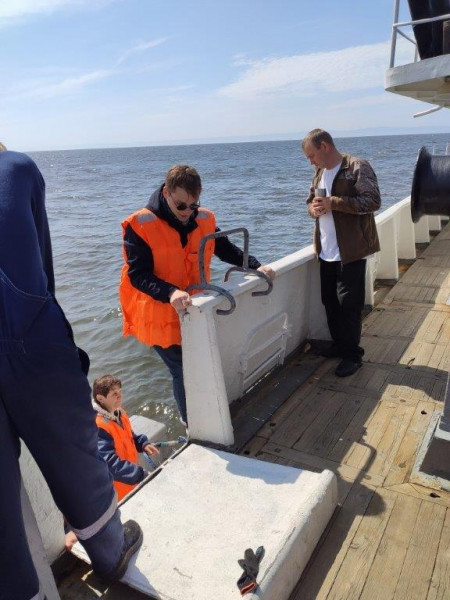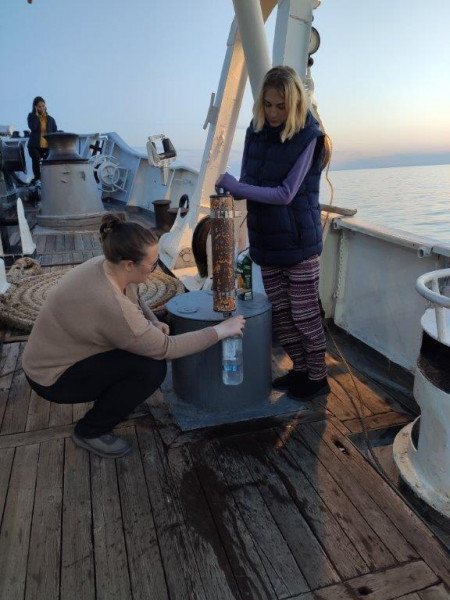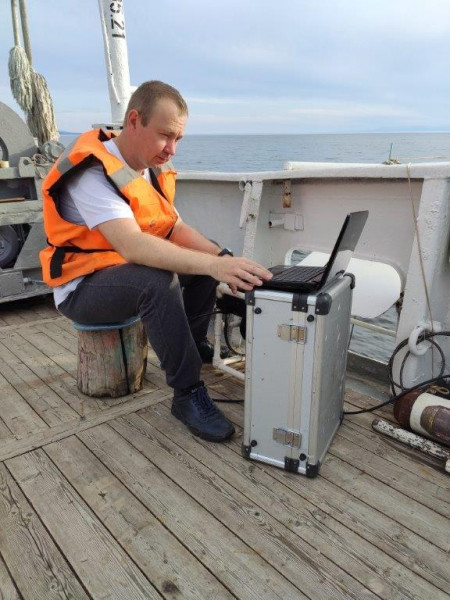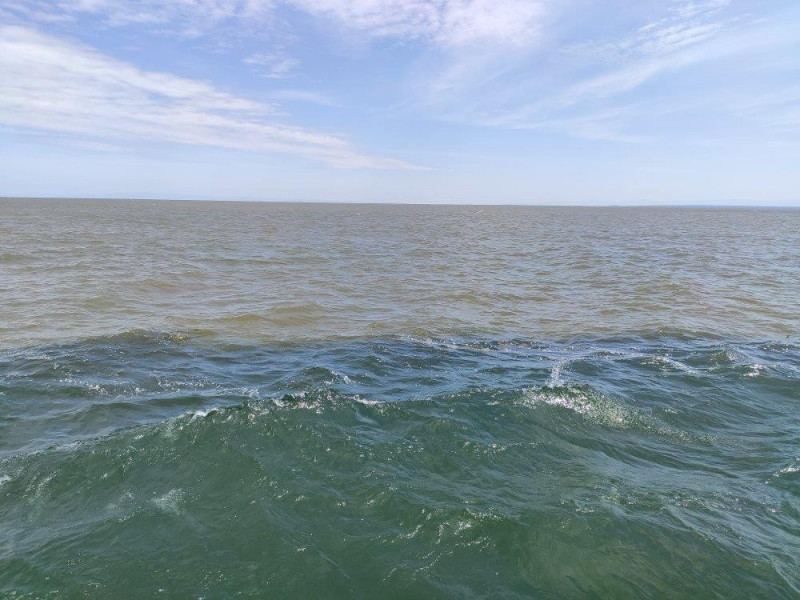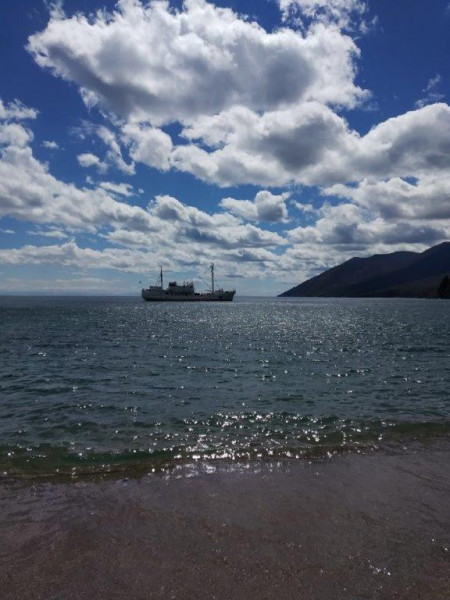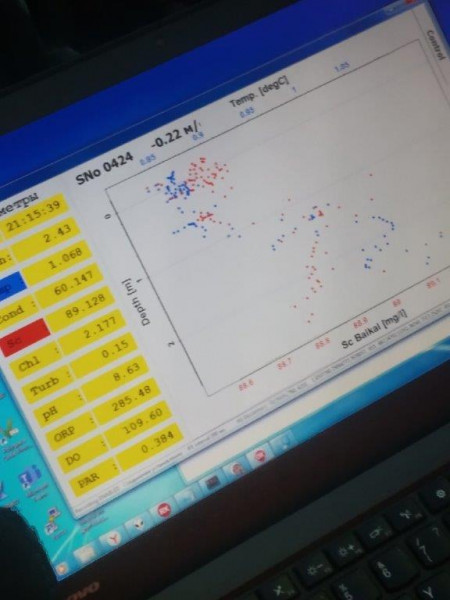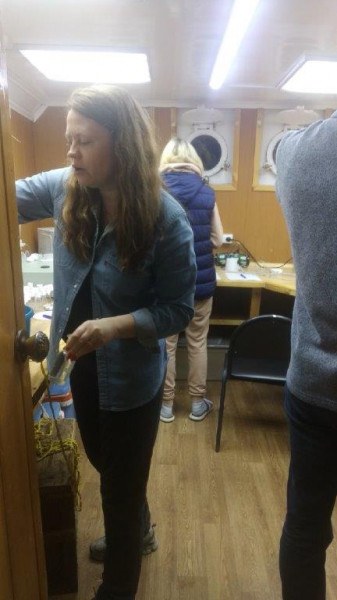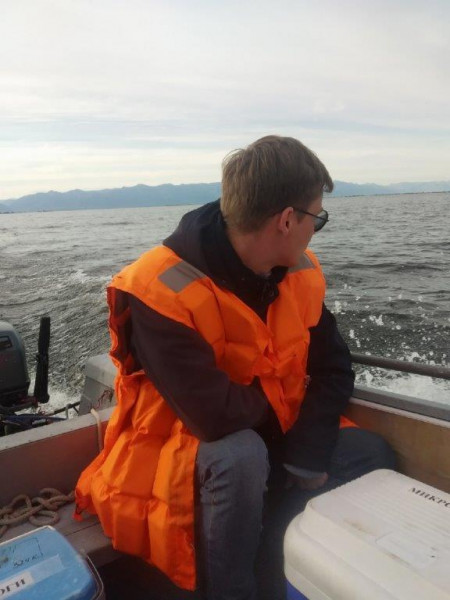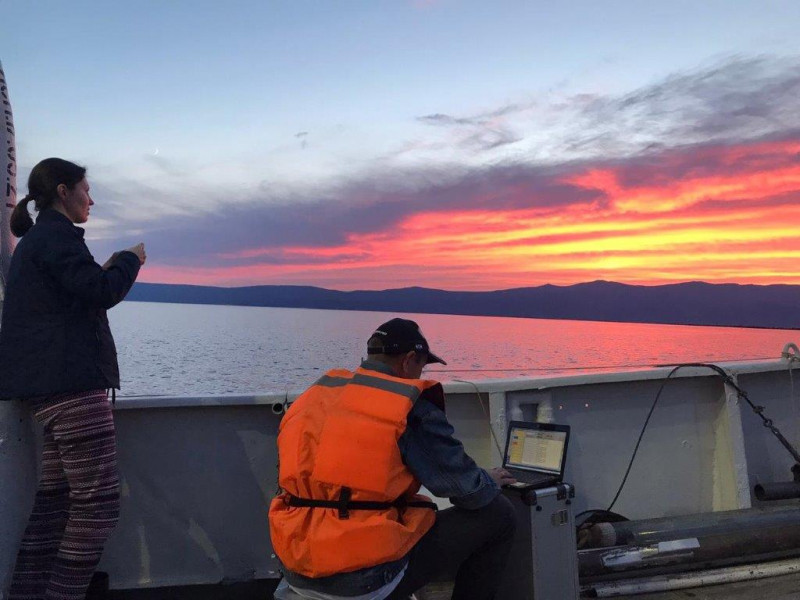Expedition on board the RV “G.Yu. Vereshchagin” from 9 to 18 July 2021
The comprehensive expedition within the framework of the programmes “Study of transformations of the state of water bodies and watercourses in East Siberia in seasonal and long-term aspects in the context of climate change, geological environment and anthropogenic pressures”, “Ecological and economic assessment of the functioning of freshwater biogeocenosis, fundamental and applied aspects”, “Study of advective and turbulent water exchange in Lake Baikal and its impact on the ecosystem of the lake, risks of catastrophic phenomena”, “Study of the role of precipitation on aquatic and terrestrial ecosystems of the basin of Lake Baikal, identification of sources of atmospheric pollution”, and “Study of viral and bacterial communities as the basis for the stable functioning of freshwater ecosystems and an effective response in conditions of anthropogenic impact” was carried out onboard the RV “G.Yu. Vereshchagin from 9 to 18 July along the zones of mixing of three large tributaries of Lake Baikal (Selenga, Upper Angara and Barguzin rivers).
The aim of the expedition was to study the processes that occur during the mixing of low-mineralized waters and to determine the zone of the active transformation of substances entering together with the river runoff.
Sampling was carried out along the standard grid of stations at different layers from the surface to the bottom using a Carousel SBE-32 Water Sampler equipped with 24 bathometers of 5 l each. Samples were taken for chemical, microbiological and metagenomic analyses to determine the suspended matter and to study the distribution and species composition of phytoplankton. The Juday net was used for sampling phytoplankton. Fieldworks were carried out at the estuaries of three main tributaries of the lake, the Selenga, the Upper Angara and the Barguzin rivers, and in the adjacent shallow-water areas of Lake Baikal. Overall, fieldwork was carried out at 71 stations. At all stations, an SBE-25 high-precision CTD profiler with additional sensors for dissolved oxygen and transparency was used for hydrophysical measurements. Along the RV route, simultaneously with the main work, the temperature of the water surface was recorded. At the stations, the sounding of the upper (100 m) layer was carried out using a JFE-Rinko CTD profiler with additional sensors for dissolved oxygen, turbidity, fluorescence Ph, Eh, and photosynthetic active radiation.
Additionally, water samples for hydrochemical and microbiological analyses were taken in five rivers of the southeastern coast of the lake: the Pereyomnaya, the Snezhnaya, the Khara-Murin, the Utulik, and the Solzan.
The total number of samples:
- hydrochemical analysis – 197
- microbiological analysis – 94
- phytoplankton – 15
- chromatographic analysis – 15
- suspended matter – 44




